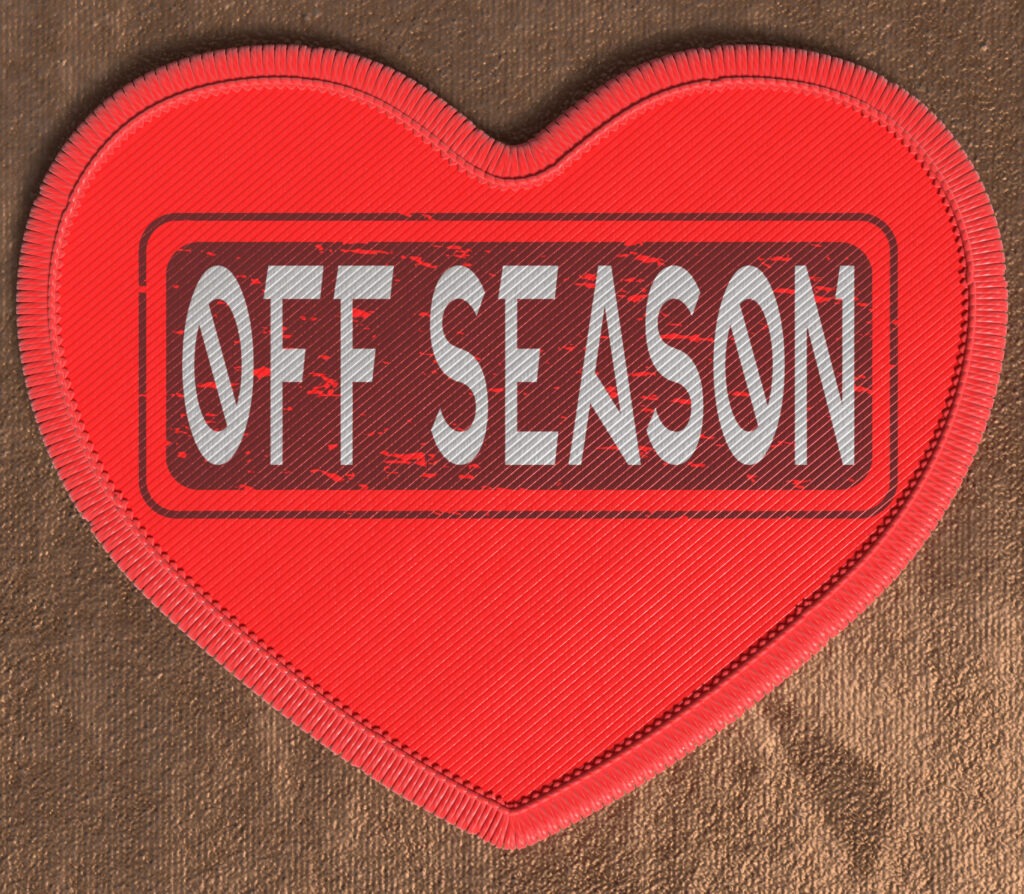NORDIC LORE
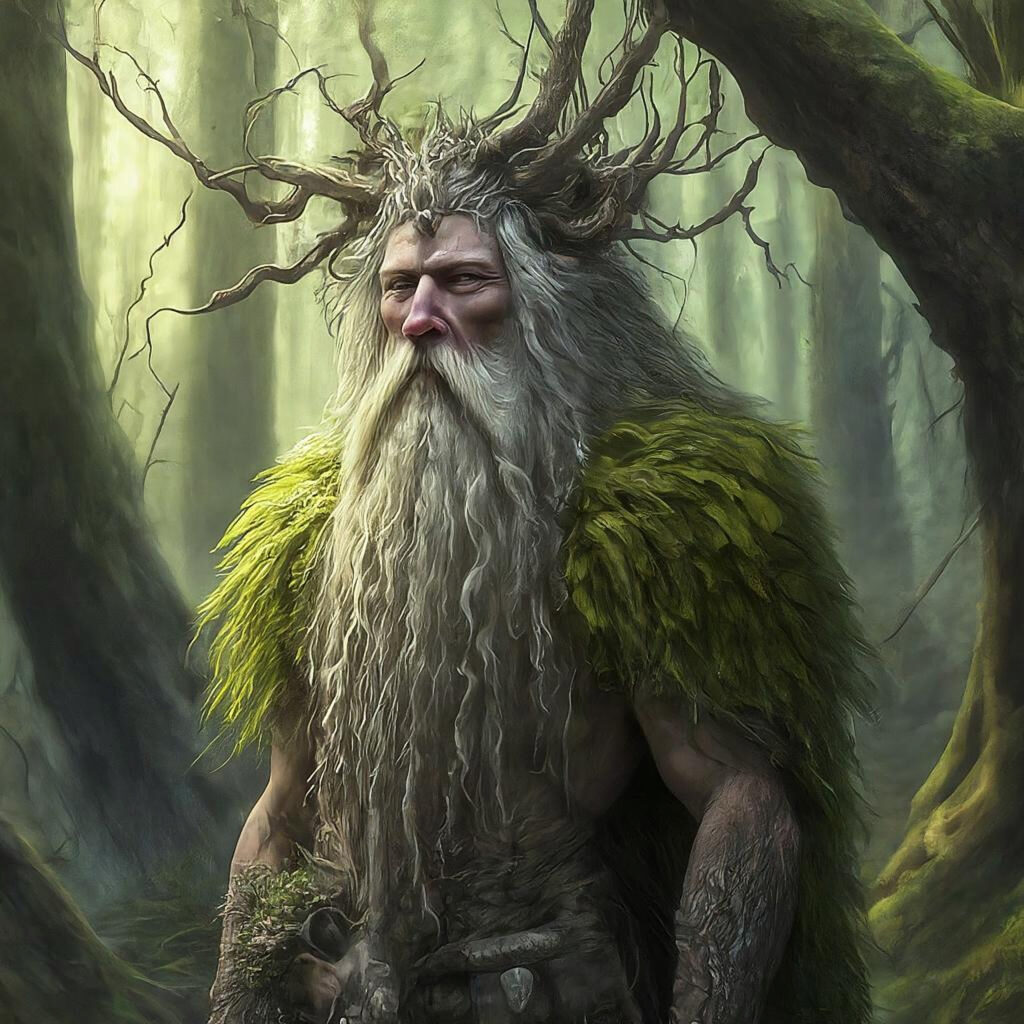
Ancient and mysterious Nordic/Norse symbols have long captured the imaginations of modern civilizations throughout the ages. Vikings saw these symbols as a link to fate and spirituality, the two things that were sacred to any Viking.
Since the Vikings sincerely believed that these symbols held power, they used these divine symbols in their jewelry, painted them on their shields, sewed them on their clothes and engraved them on their ships. Ensuring that fate and their gods were on their side.

Vegvisir – The Viking Compass
Vegvisir is one of the most powerful Nordic symbols. Also known as the Nordic compass. This symbol is associated with protection and guidance.
It is believed to have been used by Vikings as a compass or a wayfinder. The word “vegvisir” itself means ‘wayfinder’ in the Icelandic language.
The wearer of this symbol will not lose their way during storms, blizzards and bad weather, even if they are unaware of their destination.

Mjölnir – The Magic Hammer of Thor
Mjölnir, Thor’s Hammer, is one of the most iconic symbols in Norse mythology, and holds immense importance in Viking culture.
Scholars suggest “Mjöllnir” may mean ‘lightning,’ which connects the hammer to the thunder and lightning associated with Thor’s elemental power.
Another interpretation is that it could mean ‘white,’ as in the color of lightning, or even ‘new snow,’ symbolizing purity and the untamed power of nature.
Ravens
Odin, the leader of the gods, was served by a pair of ravens, Huginn and Muninn. Odin endowed the ravens with remarkable abilities, enabling them to be astute observers capable of traversing all of Midgard (the world) within a single day. They were also said to possess the ability to communicate in the language of humans.
Each day Huginn and Muninn, undertook a journey around the world, returning to Odin in the evening to share their observations.
The Ravens symbolize Odin’s mental faculties and powers, serving as extensions of his wisdom and perception. Ravens were revered in the Norse culture.
Triple Horn of Odin
The Triple Horn of Odin is a significant Viking symbol that consists of three interlocking horns. It is a powerful emblem that is associated with Odin’s pursuit of knowledge and wisdom, as well as his connection to poetry, inspiration, and the pursuit of divine secrets.
The Triple Horn is a meaningful and enduring symbol in Viking and Norse culture, reflecting the complex and multifaceted nature of Odin.
The Triple Horn of Odin is used as a symbol of wisdom and inspiration, poetic inspiration in particular.
Aegishjalmur – Helm of Awe
Aegishjalmr is an ancient magical Norse symbol of protection and victory. It’s also known as Helm of Awe and Terror.
The central circle represents the circle of protection within which the bearer is safe. This is a representation common to many cultures. The eight prongs represent protection against evil intent, perceived or otherwise, from all directions.
Valknut
The Valknut is a significant and intriguing symbol in Norse culture. It’s name, derives from the words “valr,” meaning “slain warrior,” and “knut,” meaning “knot.” So, it can be translated as “The Knot of the Slain Warrior.”
It is also known as Odin’s knot. Odin, was not only the Supreme God but also the God of war and death in Norse mythology.
Due to its connection with the God of Death, the Valknut has been interpreted as a symbol of a ‘Cult of the Dead.’ It represents the recognition of brave individuals who sacrificed themselves for the benefit of their clan, especially in the prime of their lives.
Yggdrasil – The Tree of Life
Yggdrasil, the Tree of Life, holds a central and symbolic role in Norse mythology and the belief system of the Norse people. This ancient ash tree is eternal and possesses three massive roots that connect it to various realms in the cosmos.
The Great Tree of Life, serves as the cosmic axis, connecting and holding together the nine realms of the Norse universe.
Yggdrasil’s symbolism goes beyond its physical presence, representing the interconnectedness of all these realms and the order of the cosmos in Norse mythology.

